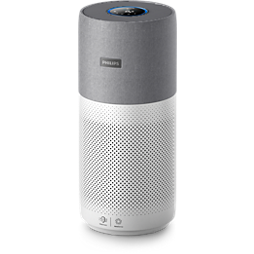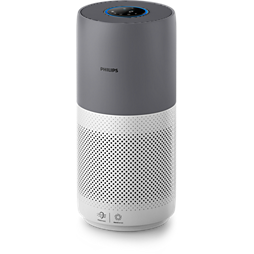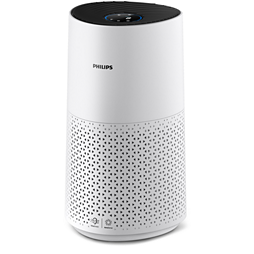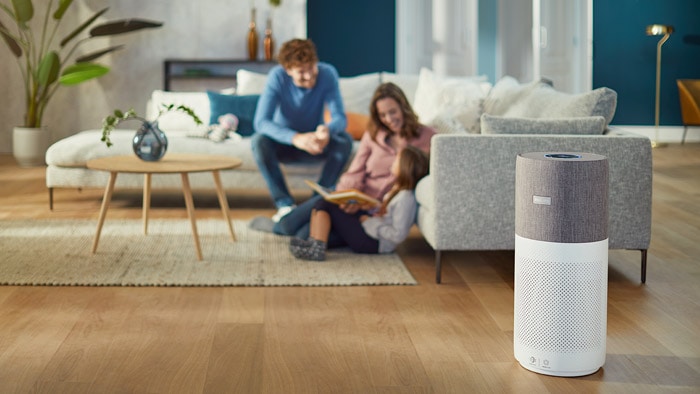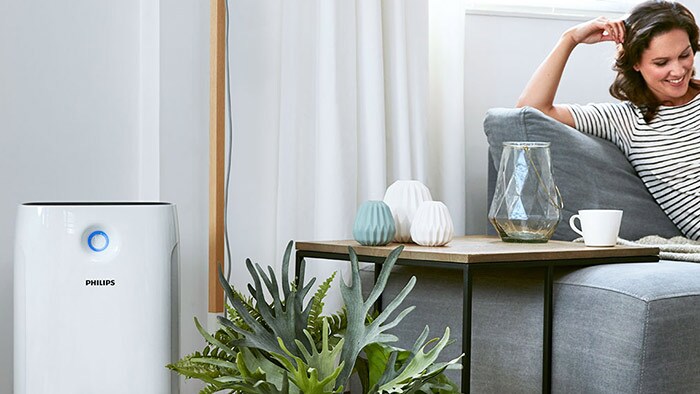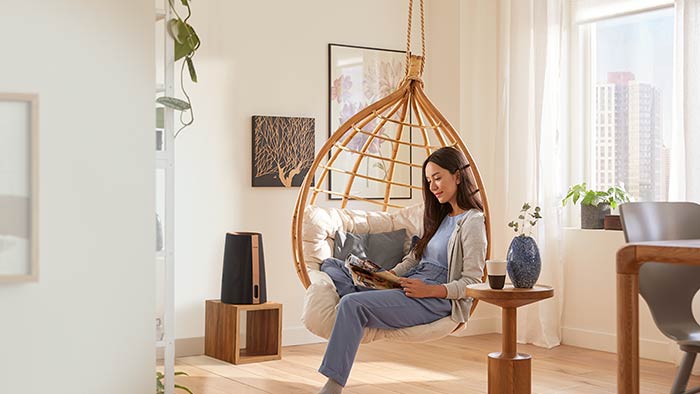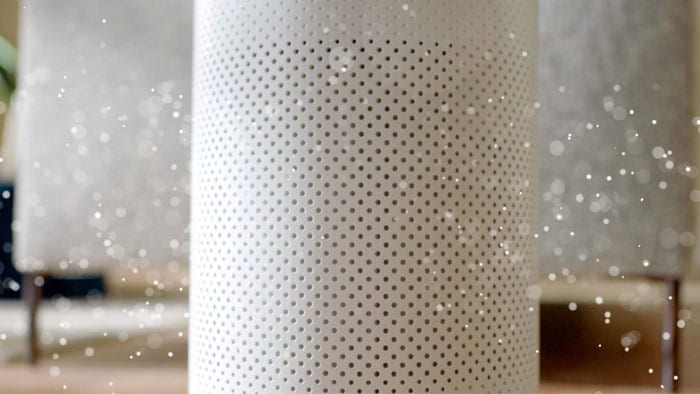Reading time: 5 Min
How to improve air quality in your home
We spend a lot of time indoors – about 90 per cent of our time, in fact.1 And given that concentrations of certain pollutants are often two to five times higher indoors than outdoors, it’s clear that it’s vital to have good air quality in our homes. Let us give you some ideas to improve indoor air quality so that your home is as happy and healthy as possible.
The importance of improving air quality
Low air quality can have serious health consequences. In the UK, the Parliamentary Office of Science and Technology considers environmental tobacco smoke, heating, and cooking appliances to be the most important sources of indoor air pollution at home, with the main health effects relating to the lungs and heart.2 So, it’s clear that good air quality in our homes is essential and learning how to improve air quality should be high on any home’s ‘to-do’ list.
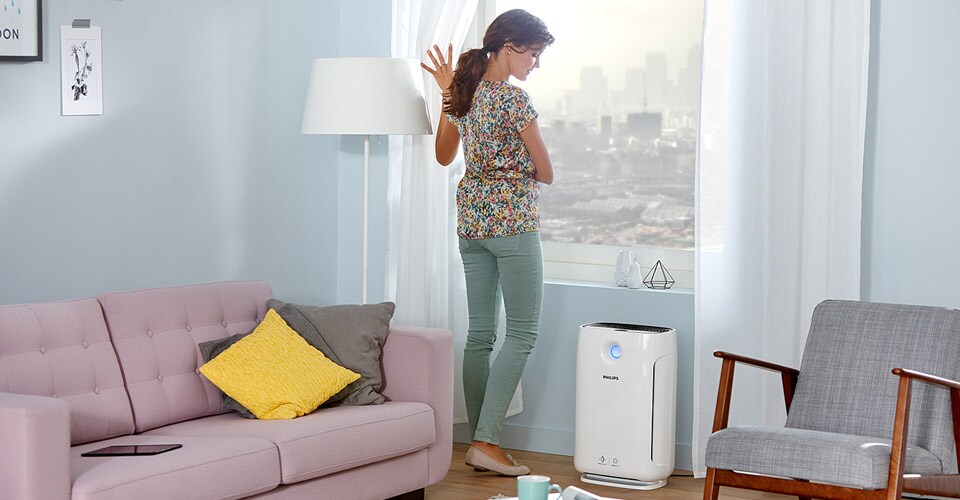
What causes low air quality indoors?
Before we get into how to improve indoor air quality, we need to consider what affects it in the first place. Poor air quality can be caused by things like:
Air pollutants from outdoors can also come inside, through open windows and doors, cracks, ventilation systems, and what we bring in on our shoes and clothes. These include:
What symptoms and illnesses can low air quality cause?
Poor air quality indoors can lead to a number of unpleasant symptoms, such as:
At the extreme end of the scale, indoor air pollution can also contribute to serious illnesses, including:
What you need
- £450.00*
3000i Series Air Purifier for XL Rooms
AC3033/30
- Purifies rooms up to 135 m²
- 520 m³/h clean air rate (CADR)
- HEPA & Active Carbon filter
- Connected with Air+ app
- £350.00*
2000i Series Air Purifier for Large Rooms
AC2936/33
- Purifies rooms up to 98 m²
- 380 m³/h clean air rate (CADR)
- HEPA & Active Carbon filter
- Connected with Air+ app
-
1000i Series Air Purifier for Medium Rooms
AC1715/30
- Purifies rooms up to 78 ㎡
- 300 ㎥/h clean air rate (CADR)
- HEPA & Active carbon filter
- Connected with Air+ app
How to improve indoor air quality
Luckily, there are ways to improve the air quality in almost any home. Here are several ideas for how to improve air quality in home settings:
How an air purifier helps to improve air quality in home
There are many ways that the Air Purifier Series 3000i plays an important part in improving air quality indoors. These include: Source(s): 3 WHO: GARD
The WHO states that particulate matter (PM) is a particularly concerning pollutant, as many studies have demonstrated a direct relationship between exposure to particulate matter and negative health impacts.5 Smaller diameter particles are generally more dangerous. The 3-layer filtration system in the Air Purifier Series 3000i captures 99.97% of ultra-fine particles as small as 0.003 microns, smaller than the smallest known virus.
Of course, an air purifier doesn’t just improve air quality in home; it can be used in many indoor settings, like when you’re considering how to improve air quality in office and study spaces.
Now you know how to improve air quality in home, you can start to take action to improve indoor air quality and better enjoy spending time in your home!
1 EPA: Indoor Air Quality
2 Parliament: Indoor Air Quality
4 Asthma UK: Facts and Statistics
5 WHO: Air Pollution
